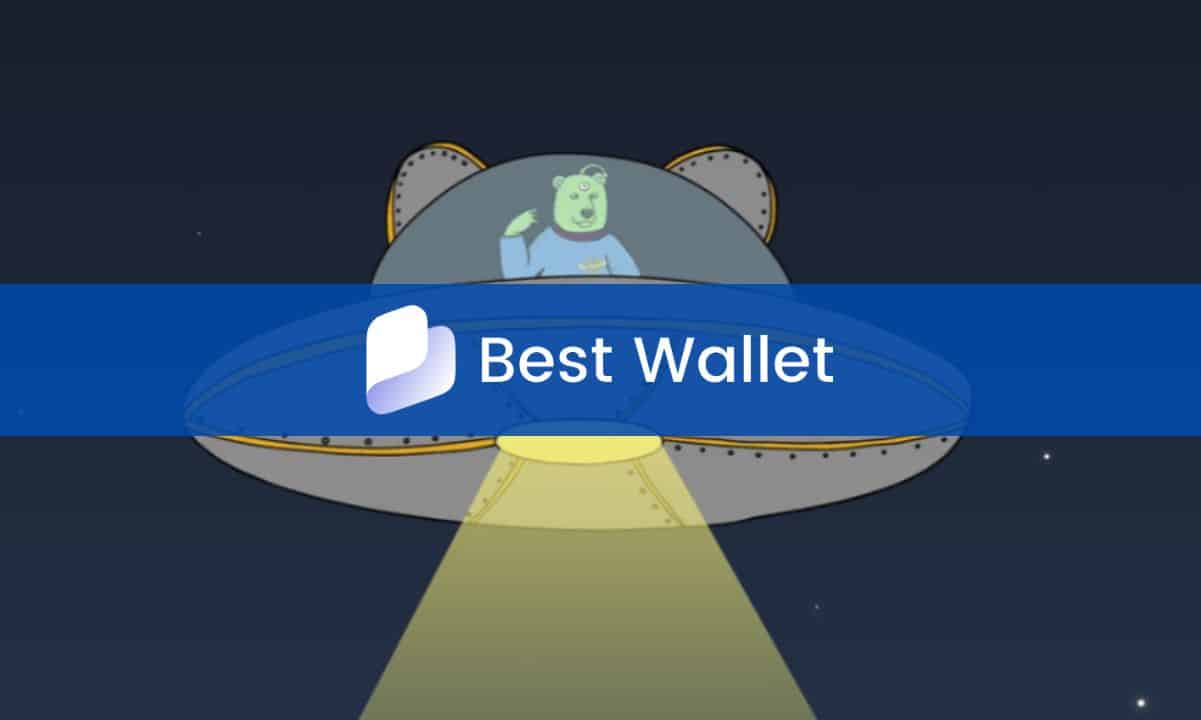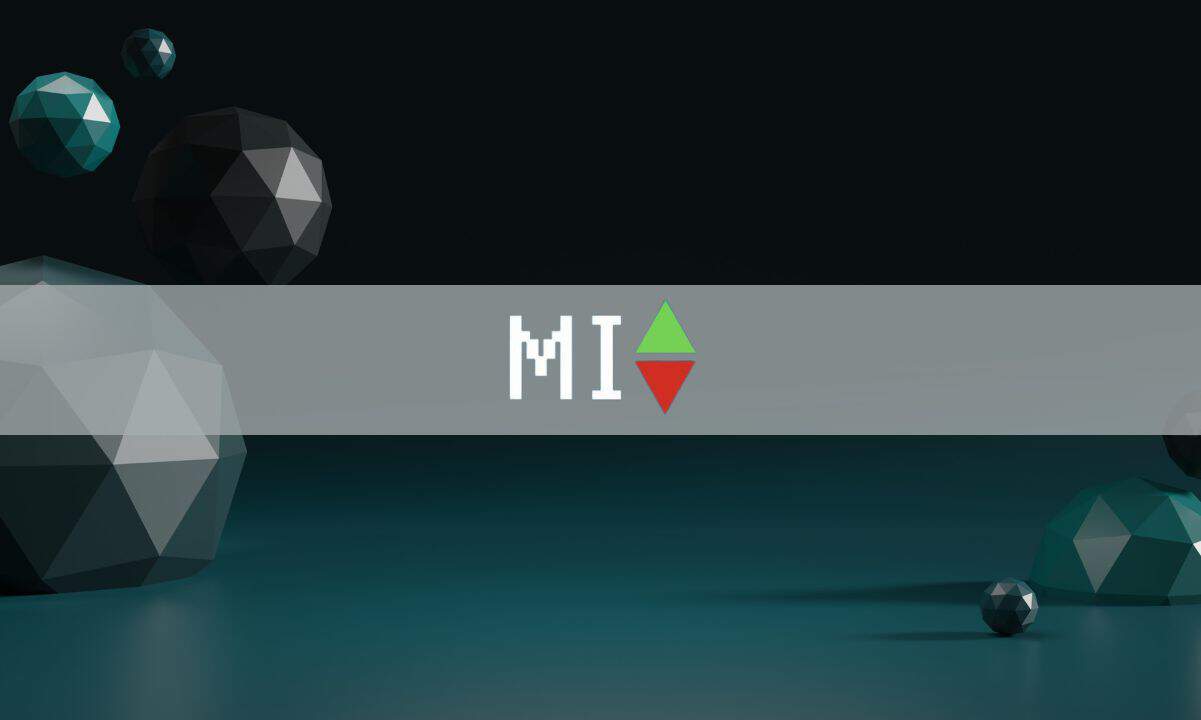In brief
- Proposed in November 2023, the Pectra upgrade follows March 2024’s Dencun upgrade and is scheduled for rollout in March 2025.
- Pectra is the third significant upgrade since the merge in 2022, which saw Ethereum move from a proof-of-work algorithm to proof-of-stake.
- Pectra improves network performance and user experience by merging the Prague and Electra upgrades.
- Key features include account abstraction, smart contract optimizations, and improved staking.
- Stakers benefit from higher validator limits, from 32 ETH to 2048 ETH, and flexible withdrawals.
The Ethereum ecosystem is continuously evolving. The latest milestone in its development is the Pectra upgrade.
Set for March 2025, the Pectra upgrade merges the Prague and Electra upgrades, which were originally planned as separate updates but were combined for better integration and to enhance scalability, efficiency, and usability.
The Pectra Upgrade introduces account abstraction for flexible gas payments, enhancements to smart contracts, improved staking options, and technical upgrades like Verkle trees and PeerDAS to optimize data management and layer-2 support. We will explain all of these concepts below.
What Is the Ethereum Pectra upgrade?
The Ethereum Pectra upgrade enhances the network's scalability, efficiency, and staking flexibility. Pectra expands storage capacity for layer-2 solutions while reducing fees.
One of Pectra’s most user-friendly improvements is flexible gas payments. In Ethereum, “gas” refers to transaction fees that compensate validators for securing the network. With account abstraction, Pectra allows users to pay these fees using ERC-20 tokens like USDC instead of being restricted to ETH. Account abstraction simplifies Ethereum transactions by making wallets function more like smart contracts, offering more control over how transactions are executed.
The Pectra upgrade also introduces Peer Data Availability Sampling or PeerDAS. PeerDAS improves Ethereum's scalability by allowing nodes to verify transaction data without storing it entirely, making the network more efficient.
Another improvement is Verkle Trees, a new data structure that combines Vector Commitments and Merkle Trees, and provides a more efficient data storage upgrade for Ethereum. Verkle Trees optimize information storage and verification, significantly reducing the amount of data validators need to keep while allowing quick and secure access to network information.
When will Ethereum’s Pectra upgrade happen?
The Ethereum Pectra upgrade is expected to occur in mid-March 2025, and will be implemented in two phases. Phase 1 will introduce key improvements, such as doubling layer-2 blob capacity from three to six to reduce congestion and fees, enabling Account Abstraction to allow gas payments in tokens like the DAI and USDC stablecoins, and increasing the maximum staking limit from 32 to 2,048 ETH to simplify large-scale validator operations.
Phase 2, anticipated in late 2025 or early 2026, will implement advanced optimizations, including PeerDAS and Verkle Trees, to improve data storage and network efficiency.
The last major Ethereum upgrade, Dencun, took place on March 13, 2024. It introduced proto-danksharding, which reduces transaction costs for layer-2 blockchains using temporary data called binary large objects or 'blobs.' Instead of relying on permanent on-chain storage, these blobs minimize network congestion, improving scalability and setting the stage for upgrades like Pectra.
How does the Pectra upgrade work?
Key features of Pectra
- Account Abstraction: This feature enables gas payments using multiple tokens (e.g., USDC, DAI) and allows third-party fee sponsorship.
- Smart Contract Optimizations (EIP-7692): Enhances Ethereum Virtual Machine (EVM) efficiency.
- Validator Upgrades:
- EIP-7002: Enables flexible staking withdrawals.
- EIP-7251: Increases validator staking limits from 32 ETH to 2,048 ETH.
- Data Storage Enhancements:
- Verkle Trees: Reduces storage requirements and improves transaction processing.
- PeerDAS: Enhances Layer 2 scalability and reduces network congestion.
pectra is shaping up to a BIG upgrade, possibly the largest in ethereum's history, so let's review all the code changes that are going into pectra so far and what is still TBD: ⚡️🧵
— Christine Kim (@christine_dkim) June 6, 2024
What Ethereum Improvement Proposals are part of the Pectra upgrade?
The Pectra upgrade introduces several Ethereum Improvement Proposals (EIPs) to enhance wallet usability, staking, and scalability.
- EIP-7702 temporarily functions as smart contracts for externally owned accounts (EOAs), simplifying transactions and replacing the now-deprecated EIP-3074.
- EIP-7251 increases the maximum stake per validator from 32 ETH to 2,048 ETH, which helps reduce congestion.
- EIP-7002 improves the process of validator exits, making it more efficient for staking providers.
- EIP-7742 enhances Layer-2 scalability by doubling transaction throughput, increasing blob capacity, and lowering fees.
- EIP-2537 introduces improvements for cryptographic efficiency.
- EIP-2935 provides a mechanism for storing historical block hashes on-chain.
- EIP-6110 simplifies the process of validator deposits.
How will the Pectra upgrade affect users?
The Pectra upgrade is expected to benefit Ethereum users in several ways, including transaction batching, new recovery options, and new wallet types.
Once the Pectra upgrade comes online, Ethereum users may see lower or even zero gas fees as third-party services and decentralized applications will have the option to sponsor transaction fees, potentially eliminating transaction fees in some cases.
Pectra also introduces new wallet features to improve Ethereum’s usability and accessibility, including transaction batching, which allows the bundling of multiple transactions into one, reducing costs and improving efficiency.
Social recovery provides a safety net for lost private keys by enabling trusted contacts to help restore access to a wallet, while native multisig (multi-signature) wallets enhance security by requiring multiple approvals before executing a transaction, making funds safer from unauthorized access.
Potential challenges of the Pectra upgrade
Ethereum developers expect a smooth Pectra rollout, but key risks remain. According to a June 2024 report by Obol and Liquid Collective, client diversity is a concern, as a bug in a dominant client could destabilize the network. Operator centralization may also increase slashing risks if staking consolidates under fewer entities. Cloud reliance on providers like AWS and Hetzner also poses outages and security vulnerabilities, impacting validator uptime and network resilience.
Another challenge is that the Pectra upgrade’s wallet verification changes could expose outdated protocols to exploits if they are not updated in time. Meanwhile, raising staking limits may encourage centralization, concentrating power among larger players and attracting regulatory scrutiny. Slow adoption of distributed validator technology, which mitigates single points of failure and reduces the risks of centralized control, could weaken network resilience.
The future of Ethereum after Pectra
The Pectra upgrade marks an essential step in Ethereum’s roadmap, and aligns with its long-term vision of scalability, security, and decentralization. As part of Ethereum’s transition toward a more efficient network, Pectra lays the groundwork for future updates.
In January 2025, Ethereum co-founder Vitalik Buterin addressed concerns about ETH's price and the impact of layer-2 scaling solutions on the network's economics. Buterin emphasized the need for L2 networks to support ETH's value by burning some of their fees or staking them for the community's benefit.
“We should think explicitly about the economics of ETH,” Buterin wrote. “We need to make sure that ETH continues to accrue value even in an L2-heavy world, ideally solving for a variety of models of how value accrual happens.”
Buterin also called for standardizing cross-chain features, enhancing interoperability, and prioritizing security to prevent censorship on layer-2 chains. Signifying the moment's importance, Buterin likened it to a “wartime mode,” underscoring his commitment to addressing these challenges head-on and driving Ethereum's development forward.
Daily Debrief Newsletter
Start every day with the top news stories right now, plus original features, a podcast, videos and more.

 4 hours ago
2
4 hours ago
2








 English (US) ·
English (US) ·